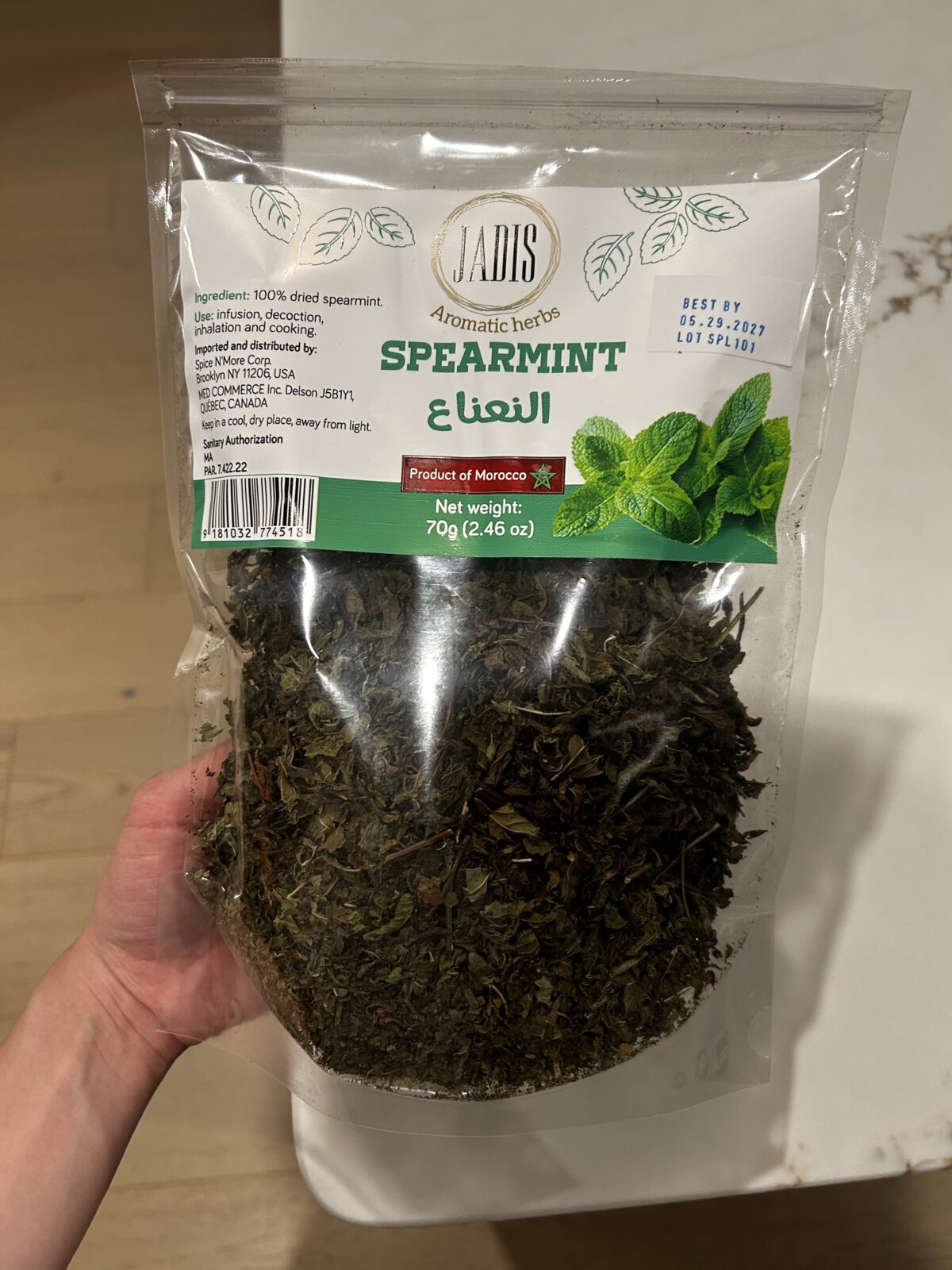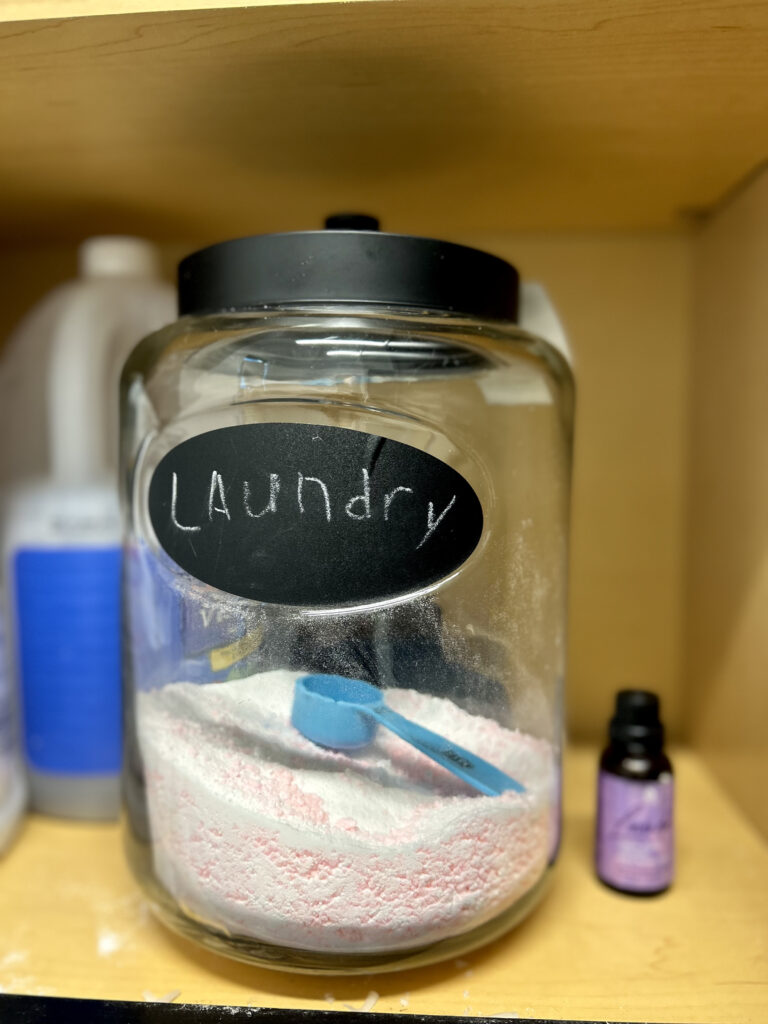
Having a hormone imbalance, such as elevated testosterone, may be one piece of the puzzle impacting your overall health and wellbeing by presenting itself in various symptoms such as acne, mood swings/changes, as well as irregular menstrual cycles and excess hair growth in females. (think PCOS!) Working with a functional practitioner will help to address the root causes of your symptoms.
What is Testosterone?
Testosterone is a key hormone that is responsible for fertility, muscle mass maintenance and growth, red blood cell production, bone density, mood, and overall energy levels. Low testosterone can lead to increased body fat, decreased muscle mass, decreased mood, and overall low energy levels. In males, testosterone is produced in the testes and plays a role in muscle growth, deepening of the voice, facial hair, and libido. In females, testosterone is produced in smaller amounts in the ovaries and adrenal glands and plays a role in mood, overall energy, and body composition. Testosterone is essential for overall health in both men and women, contributing to healthy energy levels and mood regulation.1 It aids in balancing your mood by regulating serotonin and boosting dopamine which are typically referred to as your “feel good” hormones.2
Testosterone is part of a group of sex hormones called androgens that are responsible for male development and fertility. Androgens are responsible for giving males their masculine characteristics typically they are higher in males than in females although both genders need androgens to function.
What is the Role of Testosterone?
The role of testosterone in males:
- Male development and physiology such as deepening of the voice, facial hair, and muscle mass maintenance and growth
- Sperm production essential for male fertility
- Libido
- Bone density
- Mood and emotional health: confidence, mood regulation, and overall energy levels
The role of testosterone in females:
- Optimal hormone balance
- Libido
- Bone density
- Muscle mass maintenance and growth
- Mood and emotional health: confidence, mood regulation, and overall energy levels
Androgens (DHEA and testosterone) in women help with muscle and weight maintenance, memory and brain function, mood, libido and a sense of wellbeing. Androgens, specifically DHT and testosterone, help to support skin, connective tissue, bone and muscle integrity and promote dopamine conversion in the brain, which can help with mood and libido.
What are common symptoms of elevated testosterone levels?
Symptoms of elevated testosterone in males:
- Mood changes/mood swings
- Trouble falling asleep or staying asleep
- Hair loss
Symptoms of elevated testosterone in females:
- Irregular periods during the menstrual cycle with females
- Hirsutism: excessive hair growth
- Acne related to hormonal imbalance
What are root causes of elevated testosterone levels?
Root causes in males:
- Chronic emotional, psychological, or physical stress from work, relationships, or situations
- Poor gut health
- Poor overall sleep
- Lack of physical activity
Root causes in females:
- PCOS: link blog post here.
- Chronic emotional, psychological, or physical stress from work, relationships, or situations
- Lack of physical activity
5α-reductase Activity:
5α-reductase activity is elevated in women with polycystic ovary syndrome (PCOS) resulting in increased androgen activation, which can lead to hirsutism (excess hair growth), acne, and alopecia (hair loss).
Foods to inhibit 5α-reductase:
- Green Tea
- Flax seed (lignans)
- Soy Isoflavones
- Fatty fish (Omega-3 fats)
Herbs that inhibit 5α-reductase:
- Saw Palmetto (Serenoa repens)
- Stringing Nettle Root (Urtica dioica)
- Chaste Tree Berry (Vitex agnus-castus)
- Black Cohosh (Actaea racemosa)
- Pygeum (Pygeum africanum)
Nutrients/Phytonutrients that inhibit 5α-reductase:
- Quercetin
- Omega-3 fish oils
- Krill (astaxanthin)
- Beta-sitosterols
- L-lysine
- Rice bran
How can i Assess testosterone levels using functional lab testing?
You may use DUTCH testing linked here to view your testosterone levels and DHEA production as well as it’s downstream metabolites, 5a-androstanediol and 5bandrostanediol, that generally tend to correlate with testosterone production. A female with higher levels of DHEA and testosterone will often have high androgen symptoms (facial hair, thinning scalp hair, etc.) exacerbated by 5a-metabolism. If she prefers 5b-metabolism she may not express high androgen symptoms in spite of higher levels of testosterone because 5b is the less androgenic pathway.
Additional labs to look at:
- Total testosterone
- Free testosterone
- DHEA and it’s metabolites: 5a-androstanediol and 5bandrostanediol
- SHBG: Sex Hormone-Binding Globulin

My storefront is linked here to order functional labs, which is signed off by a nationally-licensed physician, to assess for gut imbalances, hormonal imbalances, or vitamin/mineral deficiencies. If you need help creating a personalized functional nutrition care plan based on the interpretation of any of the above functional labs, you can work with us here.
Functional lab testing would be a good idea if you really wanted to hone in on the specifics of gut microbiome imbalances, hormonal imbalances, vitamin/mineral deficiencies.
What can i add or subtract to my diet to help lower elevated testosterone levels?
Add:
- Consume spearmint tea: 1-2 cups daily. Recent research in Turkey has shown that spearmint tea has anti-androgenic properties in females with hirsutism.3
- Grass-fed and grass-finished beef
- Include antioxidant-rich foods like dark leafy greens and colorful berries
Subtract:
- Remove or reduce refined sugars such as white sugar, brown sugar, high fructose corn syrup, cane sugar, corn syrup, etc
- Remove or reduce refined grains such as white processed bread, white rice, white pasta made with refined flour, pastries made with refined white flour and refined sugar, etc
What are some Probiotic strains to help with lowering testosterone levels?
- Lactobacillus and Bifidobacterium [probiotics can decrease the production of androgens, and specifically total testosterone, and improve m-FG scoring on hirsute women, increasing the levels of SHBG that bind and regulate free testosterone] Study: https://www.mdpi.com/2311-5637/7/1/10#B201-fermentation-07-00010
Adding various or specific probiotic strains to ferment in yogurt allows them to multiply and digest easier as well survive intestinal transit ensuring optimal nutrition. I have the recipe linked here!
what are some Herbs/Adaptogens to help with lowering testosterone levels?
Adaptogens are herbs that help the body adapt to stress, regulate cortisol levels, maintain a healthy nervous system, promote relaxation leading to overall health and wellbeing.
- Loose leaf spearmint tea (skip the teabags due to the microplastics acting as endocrine disrupters)
- Green tea (due to the EGCG compound) (skip the teabags due to the microplastics acting as endocrine disrupters)

What are some Basic & Advanced supplements to help with lowering testosterone levels?
Targeted Supplements to help with lowering testosterone:
You can download the app “Dminder” to check optimal timings to go outside for Vitamin D production by sunlight exposure based on your specific location as well as the location of the sun.
- Zinc bisglycinate: Studies have shown that reduced zinc levels lead to lower serum testosterone, and zinc supplementation can increase testosterone levels. https://doi.org/10.1016/j.jtemb.2022.127124
Make sure to order from a high quality and third party tested brand instead of purchasing from Amazon where practically anyone can sell anything without any rigorous testing. To make it easier for you, you may order from my supplement dispensary below through Fullscript’s catalog where each brand and product meets strict top quality standards. You can learn more about third party testing here.
My supplement dispensary is linked here (with a 30% off discount!) and you do not need to be a client to place an order.
What are some Stress Management tools to help regulate Testosterone levels?
Stress management tools are listed here that will slowly help regulate testosterone levels.
Chronic emotional, psychological, or physical stress can increase cortisol levels, which may negatively impact testosterone production.
How can I improve my sleep to help regulate testosterone levels?
Sleep is essential for healthy testosterone levels: aim for 7-9 hours of quality, deep sleep. (there’s a difference between getting 8 hours of poor sleep versus 6 hours of deep restful sleep looking specifically at the REM and non-REM duration of your sleep for that night using wearable data (oura ring and whoop band).
Duration of sleep varies for females since hormones are always fluctuating and run on a monthly cycle. In the days leading up to the menstruation phase of your menstrual cycle, you may find that you have trouble falling asleep due to the decrease in estrogen and progesterone levels.
- Look at sleep routine: reduce blue light towards the evening to regulate proper circadian rhythm and melatonin levels, limit caffeine intake prior to bedtime (depends on multiple factors such as absorption rate of the caffeine, amount of caffeine intake per drink (milligrams of caffeine), meal intake for that day, meal timing and density prior to caffeine intake, hydration status, and in general your genetics or nutrigenomics & how well you process caffeine), sunlight in the morning for 10-15 minutes to regulate internal circadian rhythm, natural cortisol spike in the morning (to wake us up) as well it’s natural decline in the evening (to wind down) as melatonin secretion increases. You can test your *waking* melatonin levels using DUTCH hormone testing.
What type of Exercise should i focus on to help regulate Testosterone levels?
Low intensity workouts such as walking (zone 1 or zone 2 heart rate zone) or yoga.
what is your overall toxin exposure or exposome?
Essential for overall endocrine (hormone) health. Exposure to environmental toxins, like BPA, BPS, PFAS, and phthalates, can disrupt endocrine health and testosterone levels.
When dealing with a hormone imbalance, focus on lowering your overall toxin exposure or exposome that you encounter on a daily basis. This looks like researching the ingredients that are in the products that you put on your skin, face, body, hair, and scalp. Products to look at that typically contain some form of endocrine (hormone) disrupting chemical: washing detergent, fabric softener, cleaning supplies, cookware, clothing, shampoos, conditioners, perfumes, colognes, cosmetics/makeup products, skin care products, and hair care products.
- Environmental: EDCs, BPA, BPS, Phthalates, PFAS (PFAS chemicals test)
- Food/Diet: Pesticides
- Mycotoxins: (Mycotoxins test)
- Heavy Metals: study linked here. (Heavy metals test)
- Air pollution exposure: the benzene from car exhaust fumes (consume broccoli sprouts that contain a high amount of sulforaphane to naturally detox benzene from the body – study linked here) and cigarette smoke.

DIY Non-Toxic Laundry Detergent
References:
- Nassar GN, Leslie SW. Physiology, Testosterone. 2023 Jan 2. In: StatPearls [Internet]. Treasure Island (FL): StatPearls Publishing; 2024 Jan–. PMID: 30252384. ↩︎
- Ebinger M, Sievers C, Ivan D, Schneider HJ, Stalla GK. Is there a neuroendocrinological rationale for testosterone as a therapeutic option in depression? J Psychopharmacol. 2009 Sep;23(7):841-53. doi: 10.1177/0269881108092337. Epub 2008 Jun 18. PMID: 18562400. ↩︎
- Grant P. Spearmint herbal tea has significant anti-androgen effects in polycystic ovarian syndrome. A randomized controlled trial. Phytother Res. 2010 Feb;24(2):186-8. doi: 10.1002/ptr.2900. PMID: 19585478. ↩︎
Read & Leave a Comment
Share